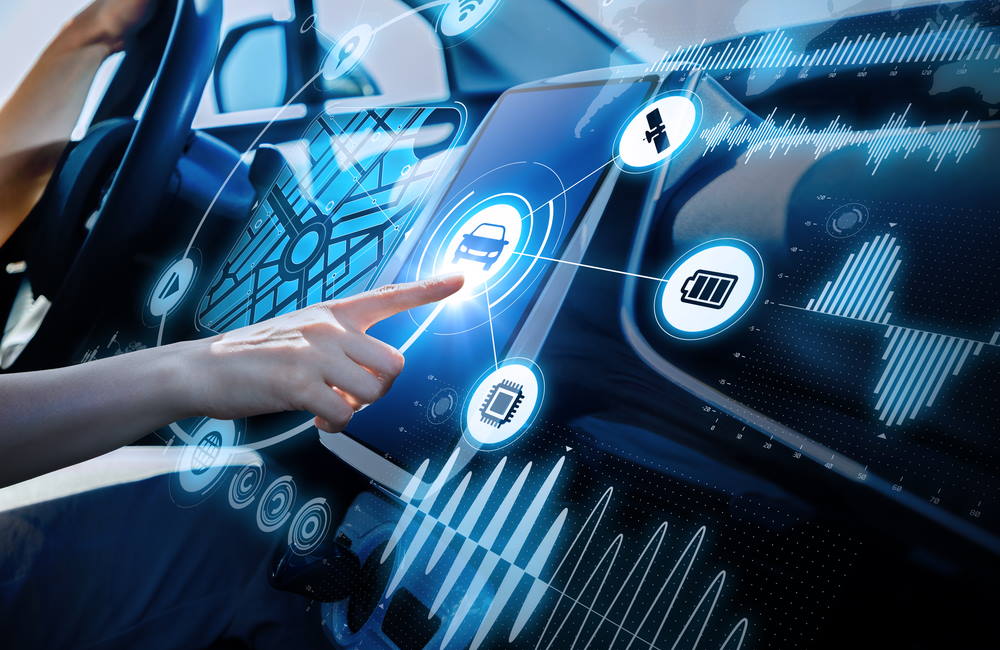As we cruise into the future, the intersection of automotive innovation and safety technology forms a bustling crossroads of possibility. This convergence is not just about enhancing the driving experience; it’s about redefining it with a safety-first approach. The integration of advanced driver-assistance systems (ADAS) into modern vehicles exemplifies this shift, offering drivers an extra set of eyes on the road and hands on the wheel. Crucial to the effectiveness of these systems are the adas calibration specialists, whose expertise ensures that safety technology operates with pinpoint accuracy, keeping drivers, passengers, and pedestrians in sync with safety at every turn.
The Revolution of Driver-Assistance Technology
The automotive industry is witnessing a technological revolution that places safety at the forefront of vehicle design and functionality. Today’s vehicles are equipped with a suite of advanced features such as adaptive cruise control, lane-keeping assistance, and automatic emergency braking—each acting as a testament to the industry’s commitment to reducing accidents and enhancing driver awareness. This revolution not only marks a significant leap forward in vehicle safety but also paves the way for the autonomous driving systems of the future.
The Precision Behind the Protection
The precision of ADAS technologies is paramount to their effectiveness. Calibration is a critical process, ensuring that sensors and cameras are accurately aligned, functioning correctly, and offering reliable assistance to drivers. It’s here that adas calibration specialists play a pivotal role. Their meticulous work calibrates these systems to operate within exacting parameters, ensuring that safety features respond appropriately to real-world conditions and scenarios.
Connectivity and Communication: The New Safety Net
The advancement of vehicle-to-everything (V2X) communication represents a significant stride in automotive safety. By enabling vehicles to communicate with each other and with infrastructure, V2X technology can anticipate and react to potential hazards before they become imminent threats. This connectivity extends the safety net beyond the confines of the vehicle, offering a dynamic and responsive approach to collision avoidance and traffic management.
Navigating the Challenges of Weather and Wear
One of the greatest challenges to maintaining ADAS accuracy lies in the variables of weather and wear. Rain, snow, and even dirt can obscure sensors, while vibrations and normal vehicle use can lead to misalignment. Regular maintenance and recalibration become essential, ensuring that safety systems remain vigilant and effective, regardless of external conditions. This ongoing care underscores the importance of technology that is not only advanced but also adaptable and resilient.
Educating Drivers: Understanding Meets Utilization
For all their sophistication, the true potential of ADAS technologies is realized only when drivers fully understand and correctly utilize them. Educational initiatives aimed at drivers are crucial, demystifying the technology and fostering an environment where safety features are used as intended. This understanding strengthens the symbiotic relationship between driver and machine, enhancing safety through informed utilization.
Ethical Programming: The Morality of Machine Decision Making
As vehicles become more autonomous, the programming behind ADAS technologies increasingly intersects with ethical considerations. The algorithms that dictate system responses must balance a myriad of potential outcomes, prioritizing human life and safety. The development of these systems is not just a technical challenge but a moral one, necessitating a dialogue among engineers, ethicists, and the public to navigate the complex terrain of machine decision-making.
The Road Ahead: Innovations in Safety Technology
The horizon holds promising innovations in vehicle safety technology. From augmented reality dashboards that enhance situational awareness to AI-driven predictive analytics that anticipate driver needs and risks, the future of ADAS is one of continual evolution and refinement. These advancements promise not only to mitigate the consequences of human error but also to proactively shape safer driving behaviors, crafting a future where accidents are increasingly rare occurrences.
A Collective Journey: Industry and Consumer Collaboration
The journey toward elevated driving dynamics through technology is a collective endeavor, requiring collaboration between the automotive industry, technology developers, regulatory bodies, and consumers. Each stakeholder plays a vital role in shaping a future where safety and innovation go hand in hand, driving towards a vision of the road where harmony and safety coexist seamlessly.
A Safer Path Forward
The integration of advanced driver-assistance systems into modern vehicles marks a significant milestone in our quest for safer roads. Behind every alert issued, every collision avoided, and every life saved lies a network of technology, expertise, and intention working in concert to protect and preserve. Through the meticulous efforts of professionals like adas calibration specialists and the continued innovation of the automotive industry, we are steering towards a future where safety is not just an option but a fundamental aspect of every journey. As we navigate the new frontiers of driving dynamics, we do so with the assurance that technology is in sync with safety, guiding us along a safer path forward.
